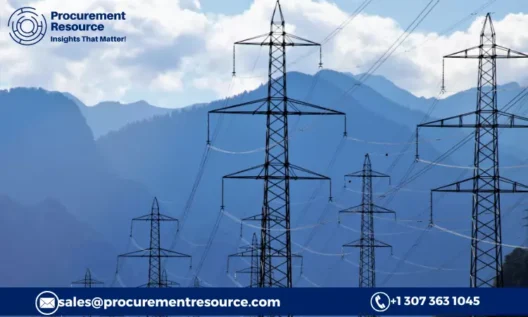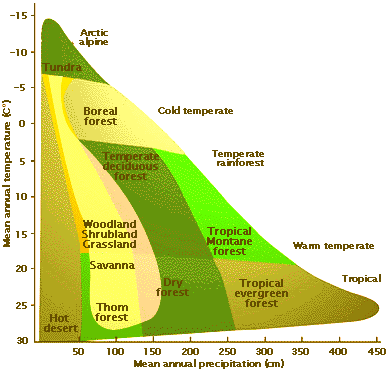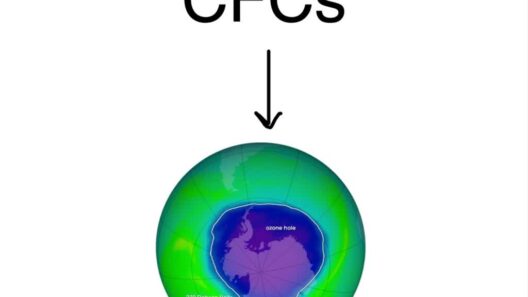In our contemporary world, particularly as we grapple with the omnipresent challenges of climate change, it is imperative to delve beyond a superficial understanding of carbon and its multifaceted role within the Earth’s climatic systems. Though carbon is a ubiquitous element, its influence on global temperatures and ecosystems has been profound and often misunderstood. A thorough examination of carbon’s intricate interplay with the atmosphere not only invites curiosity but also promises to reshape our perceptions regarding sustainable living and climate action.
Carbon exists in various forms, encompassing both inorganic compounds—such as carbon dioxide (CO2) and methane (CH4)—and organic compounds, which are linked to living organisms. At the heart of the climate crisis resides the phenomenon of anthropogenic emissions, the result of human activity that has dramatically elevated the levels of these greenhouse gases (GHGs) in our atmosphere. For instance, while CO2 is released through natural processes like respiration and volcanic eruptions, the burning of fossil fuels, industrial activities, and deforestation have augmented its concentration to unprecedented levels.
Understanding the mechanics of the greenhouse effect is crucial. Earth’s atmosphere comprises gases that trap heat from the sun, allowing life to flourish. However, the overabundance of GHGs engenders an insulated system that leads to an increase in global temperatures—a scenario often referred to as global warming. It is essential to grasp that while not all carbon compounds are detrimental, the excessive accumulation of certain types can catalyze severe climatic changes.
Carbon’s role extends beyond mere emissions; it significantly influences oceanic chemistry and ecosystems. When CO2 is absorbed by oceans, it undergoes a transformation into carbonic acid, resulting in ocean acidification. This chemical alteration poses a substantial threat to marine biodiversity, affecting organisms such as corals and shellfish that rely on carbonate ions for shell formation. The ramifications are far-reaching, invoking concerns over food security and the livelihoods of communities dependent on marine resources.
In addressing the stark realities of global warming, it is critical to discuss the carbon cycle—a naturally occurring process that circulates carbon among the biosphere, pedosphere, geosphere, hydrosphere, and atmosphere. This cycle has been disrupted, mainly due to human interference, prompting a shift in equilibrium. The burning of fossil fuels and land-use changes have tipped the scales, leading to an accelerated release of carbon into the atmosphere, which the Earth’s natural systems struggle to reabsorb. This imbalance ultimately contributes to extreme weather events, rising sea levels, and increased habitat insecurity for countless species.
One must consider the potential of carbon capture and storage (CCS) technologies as a revolutionary paradigm in mitigating climate change effects. CCS encompasses a suite of techniques aimed at capturing carbon emissions produced from the use of fossil fuels in electricity generation and storing it underground. This method presents a promising avenue to curb the immediate impacts of climate change while transitioning towards sustainable energy sources. However, it prompts immediate ethical considerations concerning dependency on fossil fuels and the long-term implications of underground carbon storage.
Furthermore, the discourse surrounding carbon offsets merits attention. By investing in projects that reduce emissions—such as reforestation or renewable energy initiatives—individuals and organizations can counterbalance their own carbon footprints. This strategy compels us to rethink our environmental responsibilities and the tangible impacts of our daily choices, fostering a culture of sustainability and ecological stewardship.
The interconnectedness of carbon emissions with socio-economic dynamics cannot be overstated. Disadvantaged communities often suffer disproportionately from the consequences of climate change, bearing the brunt of environmental disasters while lacking the resources to adapt. By addressing this inequity, initiatives aimed at reducing carbon footprints must simultaneously consider social justice, ensuring that vulnerable populations are not marginalized in the quest for sustainability.
As we navigate through the labyrinth of solutions to our climate crisis, education emerges as a vital component. Disseminating knowledge about carbon’s role and its repercussions on the environment propels public interest and engagement in climate activism. Incremental changes—both personal and collective—culminate in significant progress towards combating climate change. By prioritizing carbon literacy in academic curricula and fostering discourse within communities, we can cultivate a populace equipped to address environmental challenges with foresight and ingenuity.
The affair with carbon and its implications for climate change is an intricate tapestry woven with scientific inquiry, ethical considerations, and sociopolitical motivations. It invites a paradigm shift, where understanding transcends academic boundaries and individuals become active participants in climate solutions. It hinges on the recognition that misinformation stifles progress, while informed citizens wield the power to champion transformative change.
In conclusion, approaching carbon through a nuanced lens cultivates a deeper understanding of its vital role in our climate crisis. Acknowledging its complexities prompts a commitment to explore sustainable alternatives, advocate for eco-justice, and ultimately embrace our collective responsibility to protect our planet. The narrative of carbon is not merely one of despair; rather, it presents an opportunity for rejuvenation, innovation, and hope for a resilient future. Through proactive education and informed action, we can turn the tide against climate change, harnessing the potential within carbon to create a sustainable and thriving world.








